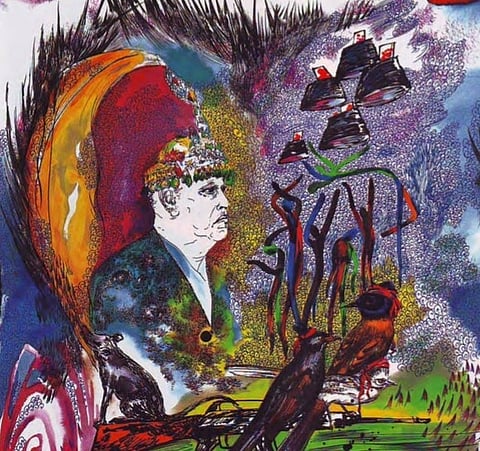Royal regime change in Nepal
When King Gyanendra of Nepal conducted a military-backed coup on 1 February 2005, even those who thought it was drastic and ill advised had expected that he had 'a plan' by which he would tackle the raging Maoist insurgency. Either he was aiming to bring the Maobaadi to heel by making the Royal Nepal Army effective, or he had a secret arrangement with Pushpa Kamal Dahal, the elusive Maoist chieftain. Indeed, all would be forgiven if the king were planning for peace and were able to deliver it.
Claiming to protect democracy and to save the Nepali people from the Maoists, King Gyanendra declared a state of emergency, suspended civil right, muzzled the press, blocked telephone and cellphone networks, and jailed hundreds of politicians and activists. He went about dismantling the many achievements of a dozen years of unfettered democracy. Seeking a purely military solution to the runaway insurgency, he simultaneously weakened the state. By coming down from the high pedestal of the monarchy to play politics, he gambled with the future of his dynasty.

